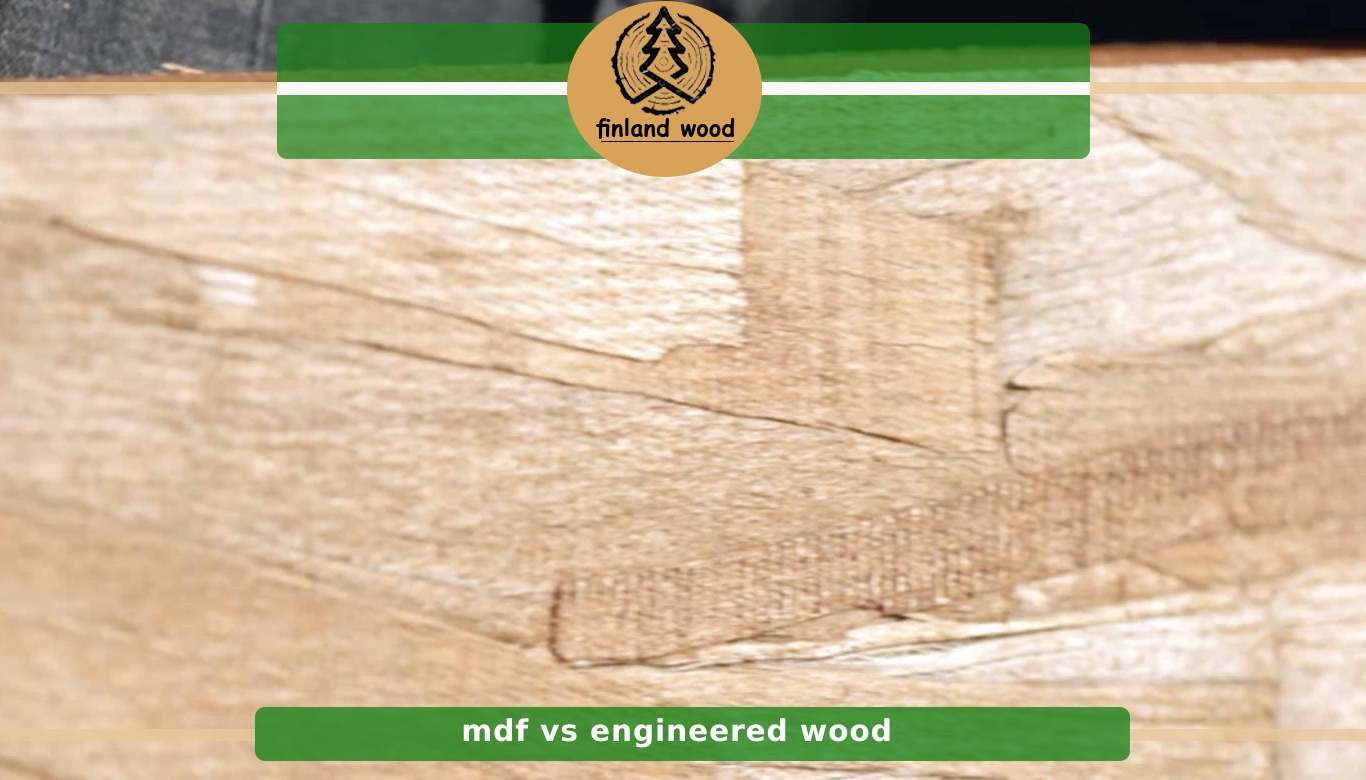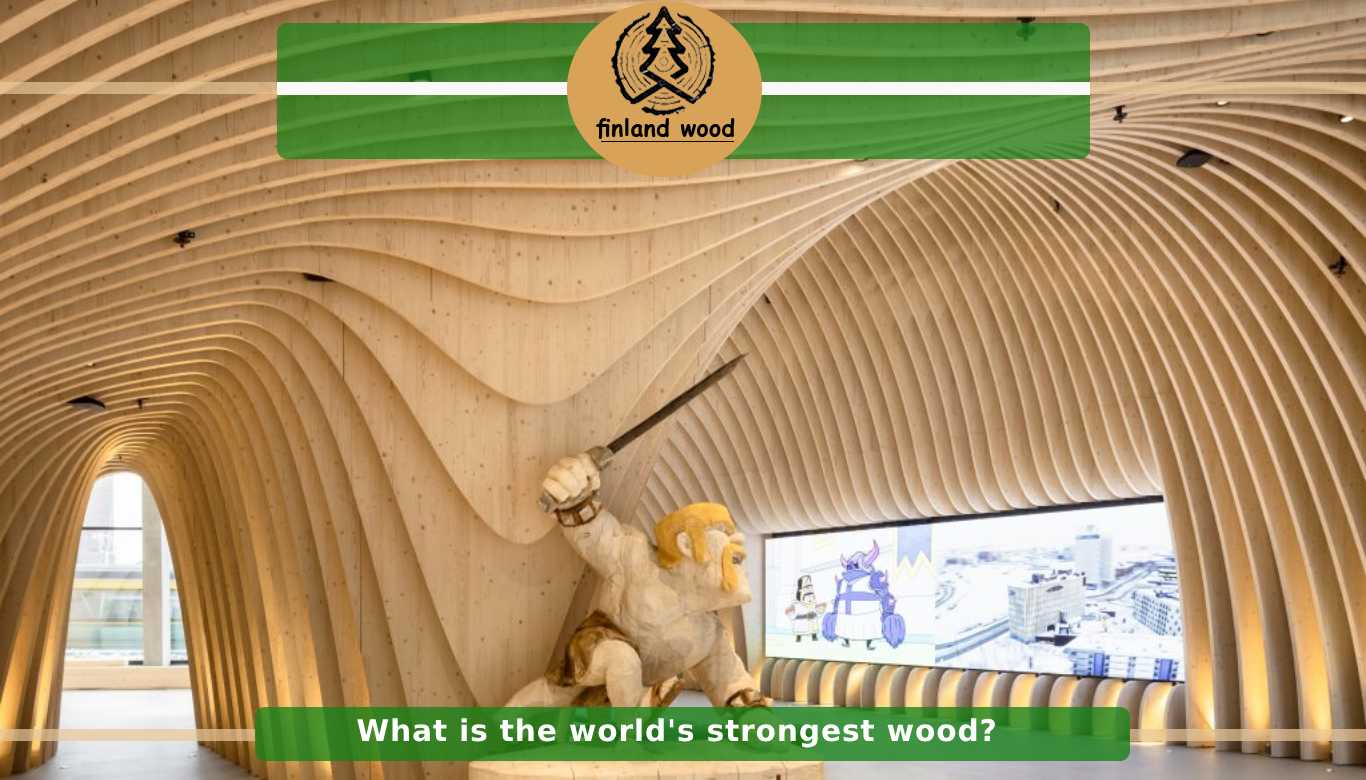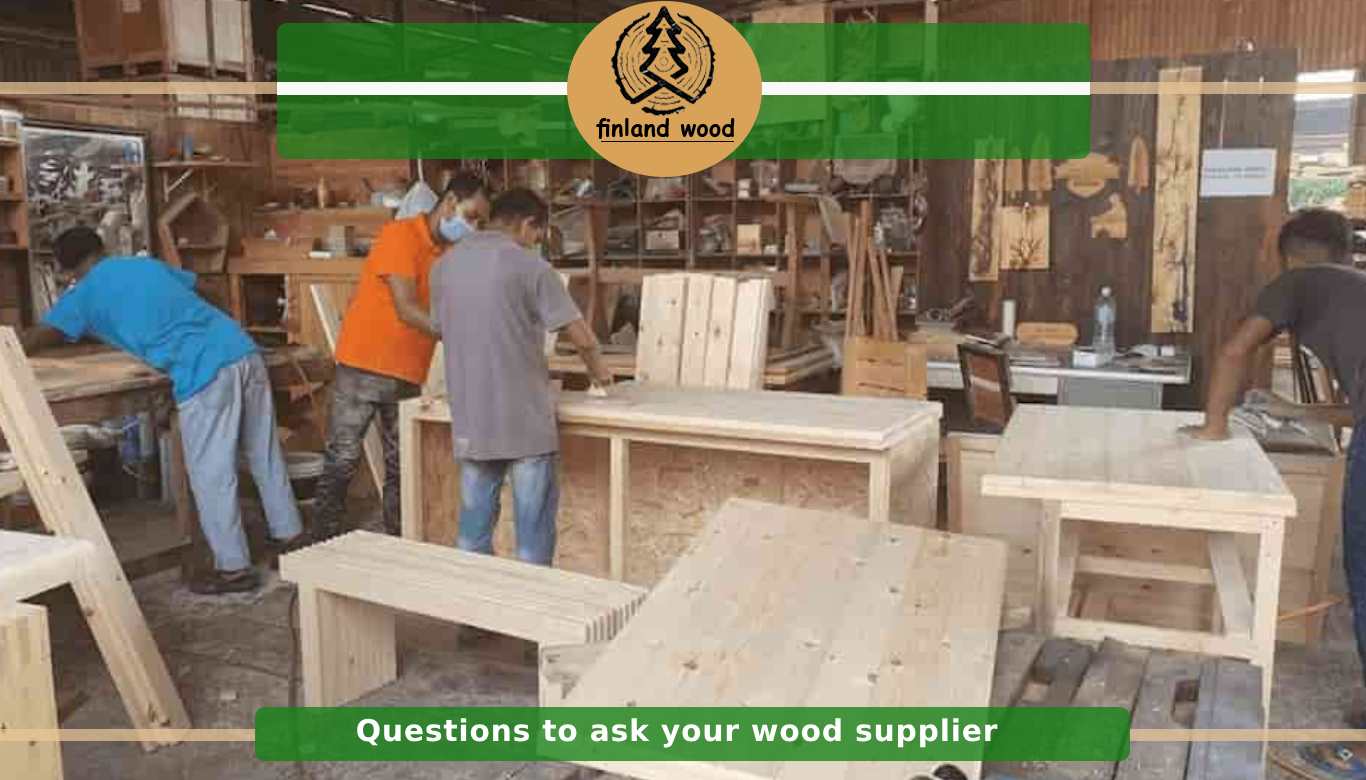MDF (medium-density fiberboard) and engineered wood are both types of composite wood products, but they have some important differences.
MDF is made by compressing wood fibers, resin, and wax under high pressure and high temperature. It is a dense and strong material, and its surface is smooth and uniform. MDF is often used for furniture, cabinets, and shelving.
Engineered wood, on the other hand, is made by bonding together several layers of wood veneers or strands with adhesives. This creates a strong and stable material that is less prone to warping or shrinking than solid wood. Engineered wood can be made into different types of products, such as plywood, laminated veneer lumber (LVL), and oriented strand board (OSB).
One key difference between MDF and engineered wood is their strength and durability. MDF is a dense and heavy material, but it is more prone to cracking or breaking under stress compared to engineered wood. Engineered wood is generally stronger and more durable than MDF, but its surface may not be as smooth or uniform.
Another difference is their cost. MDF is generally less expensive than engineered wood, but it may not last as long or hold up as well over time.
Ultimately, the choice between MDF and engineered wood depends on the specific application and the desired characteristics of the material. MDF may be a good choice for projects where a smooth and uniform surface is important, while engineered wood may be better for applications that require greater strength and durability.
mdf vs engineered wood flooring
MDF (medium-density fiberboard) and engineered wood flooring are both popular flooring materials that are used in residential and commercial settings. Both materials have their own advantages and disadvantages, so it is important to consider the specific needs of your project before making a decision.
MDF flooring is a composite material made from wood fibers and resin. It is a cost-effective alternative to solid hardwood flooring and is often used in areas that are not exposed to moisture, such as bedrooms and living rooms. MDF flooring is easy to install and is available in a variety of colors and finishes. However, it is not as durable as solid hardwood and is prone to warping and cracking over time
mdf material vs engineered wood
MDF (Medium Density Fiberboard) is a type of engineered wood made from wood fibers and resin. It is denser and more uniform than particle board, and is used for a variety of applications, including furniture, cabinetry, and shelving. MDF is usually cheaper than engineered wood, but it is not as strong or durable.
Engineered wood is a type of wood product made from layers of wood veneers and other materials, such as plywood, particleboard, and fiberboard. It is designed to be stronger and more stable than solid wood, and is often used in furniture, cabinetry, and flooring. Engineered wood is usually more expensive than MDF, but it is more durable
which is better engineered wood or mdf
There is no definitive answer to which is better between engineered wood and MDF because both materials have their unique advantages and disadvantages. The choice between the two will depend on the specific project or application.
Engineered wood is generally stronger and more durable than MDF, making it a good choice for applications that require greater strength and stability, such as flooring or structural elements. Additionally, engineered wood is available in a variety of forms, such as plywood, oriented strand board (OSB), and laminated veneer lumber (LVL), each with its own properties and applications.
MDF, on the other hand, is denser and has a more uniform surface than engineered wood. It is less expensive than engineered wood and can be easier to work with, making it a popular choice for furniture, cabinetry, and other decorative applications.
Ultimately, the choice between engineered wood and MDF will depend on the specific requirements of the project, such as durability, cost, and desired aesthetics. Both materials have their strengths and weaknesses, so it is important to carefully consider the needs of the project before deciding which material to use.
mdf vs hdf vs engineered wood
MDF (medium-density fiberboard), HDF (high-density fiberboard), and engineered wood are all composite wood products, but they have some important differences.
MDF is made by compressing wood fibers, resin, and wax under high pressure and high temperature. It is a dense and strong material, and its surface is smooth and uniform. MDF is often used for furniture, cabinets, and shelving.
HDF is similar to MDF, but it has a higher density and greater strength. It is made by compressing wood fibers under even higher pressure, resulting in a more durable and water-resistant material. HDF is often used for flooring, wall paneling, and doors.
Engineered wood is made by bonding together several layers of wood veneers or strands with adhesives. This creates a strong and stable material that is less prone to warping or shrinking than solid wood. Engineered wood can be made into different types of products, such as plywood, laminated veneer lumber (LVL), and oriented strand board (OSB).
One key difference between these materials is their density and strength. HDF is the densest and strongest of the three, followed by MDF, while engineered wood varies in density and strength depending on the specific product.
Another difference is their water resistance. HDF is the most water-resistant of the three, making it a good choice for flooring and other applications that may be exposed to moisture. MDF is less water-resistant than HDF but is still more water-resistant than solid wood. Engineered wood is also less prone to warping and shrinking than solid wood but may not be as water-resistant as HDF.
The cost of these materials can also vary, with MDF typically being the least expensive, followed by HDF and engineered wood, which can vary in price depending on the specific product.
Ultimately, the choice between these materials will depend on the specific requirements of the project, such as strength, water resistance, and cost. It is important to carefully consider the needs of the project and the properties of each material before making a decision.
read more: HDF Wood Vs MDF






